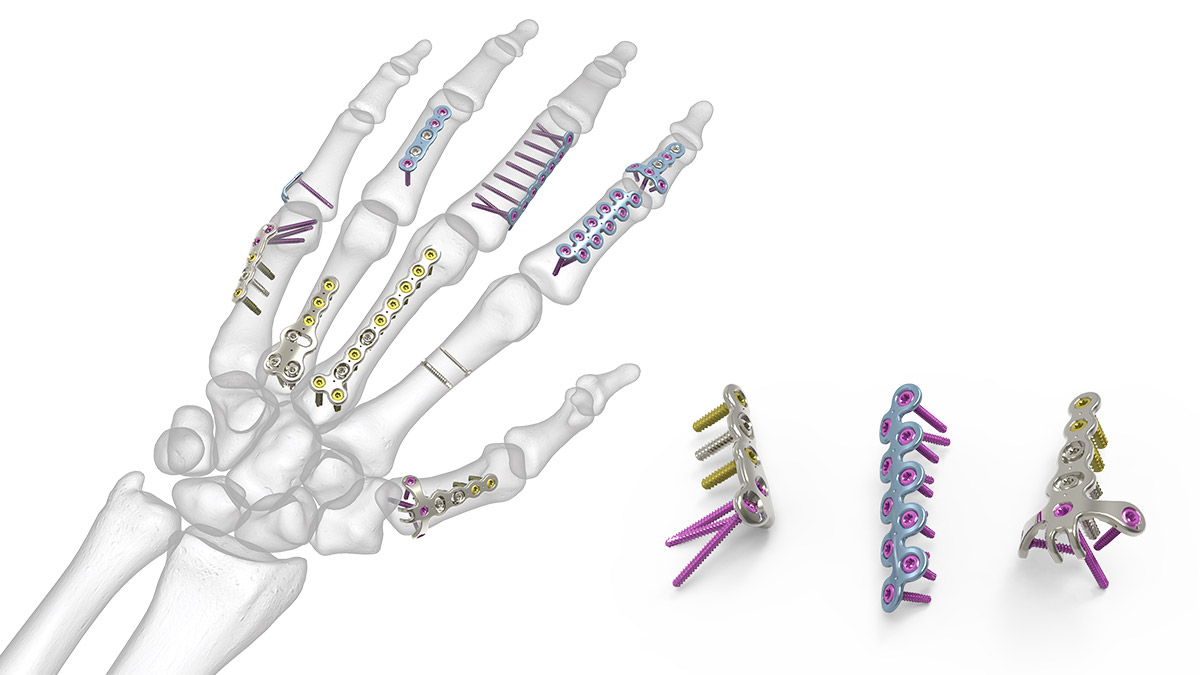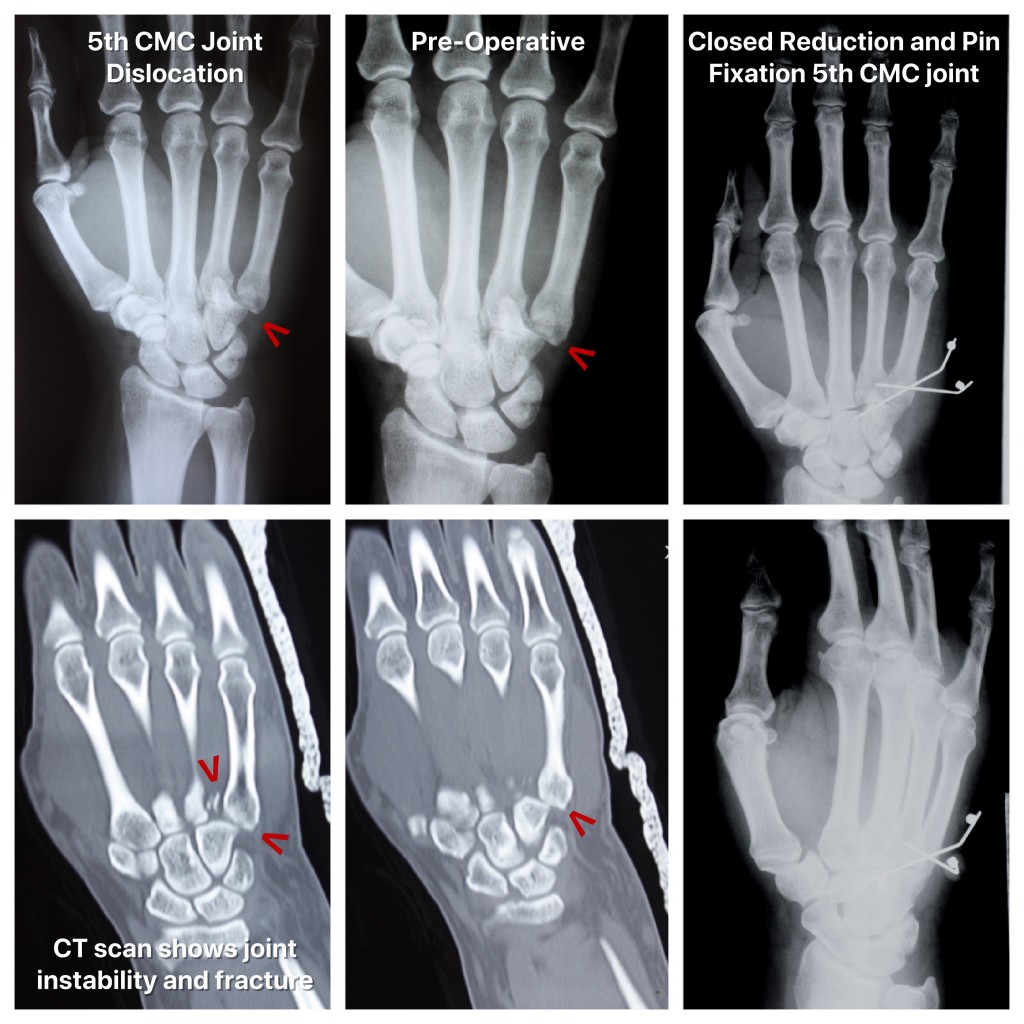

Pain can decrease your activity level which leads to more bone loss which further increases your risk of fractures. sticks out) which can decrease your appetite. Over time, you can become shorter with more limited motion of your spine with the development of a dowager’s hump (hunchback) and a stomach that protrudes (i.e. This is essentially a low exposure x-ray that detects small changes in bone mass.

Dual-Energy X-ray Absorptiometry (DXA or DEXA) or bone densitometry: This test is used measure bone density and if osteoporosis exists.Bone scan: It is a test used to locate sources of bone inflammation which is present during the early stages of a vertebral compression fracture.It is excellent at showing the bony architecture but does not do as good a job as the MRI in seeing soft tissue structures such as nerves. Computed Tomography scan (CT or CAT scan): A diagnostic test that is typically only used if you cannot undergo an MRI.Magnetic Resonance Imaging (MRI): A diagnostic test that can determine whether you have a fracture or not, if it is old or new and if it impinges or gets close to the spinal cord.In addition, it may be difficult to see small fractures. Unfortunately, it does not tell us whether your fracture is old or new. X-Ray: This is the baseline study you will need to see if you have fracture.To confirm this, you will likely need to undergo one or more of the following tests: In experienced hands, the majority of time, your history and physical exam will determine if we clinically suspect you of having a fracture. This can irritate the nerves in your back causing you to experience pain, numbness, tingling and/or weakness around your rib cage, down your arm and down your leg. In addition, pieces of the fracture or even the fracture itself can put pressure on the spinal cord. Pressing directly over the area in your back can increase your pain as well. Typically, the pain is worse with standing, walking, bending or twisting and improved with rest or lying on your back. This can occur with even little to no trauma. Other contributing factors may include hormone deficiency, smoking tobacco, excessive alcohol use, a lack of weight bearing exercise, a diet deficient in calcium and vitamin D, and blunt trauma.Īcutely, the main clinical symptom of VCFs is the Sudden onset of Severe Back Pain. SCF shares many of the same risk factors as Osteoporosis.īoth are more common in: Women, Caucasians and Asians, and people with a family history of the condition. As a result, the condition often goes untreated, eventually impacting quality of life. Both these factors can leave you bedridden and make it difficult for you to take a deep breath making you more susceptible to infections such as pneumonia.Īn estimated 25 to 30 percent of women over age 50 experience SCF, yet many mistakenly attribute the symptoms to arthritis. This can cause a significant amount of pain and structurally can cause your posture to stoop forward (kyphosis) and chronically can give you the appearance of a hunchback. Spinal compression fractures occur when the bone structure becomes so weak and the vertebra virtually collapses on itself, creating a wedge-like shape. When young and healthy, these bones can withstand significant amounts of pressure, but with aging bones lose density, gradually becoming more brittle and susceptible to fracture. The spine is formed by a bony, weight-bearing column of vertebrae. With Severe Osteoporosis, simple coughing or sneezing or even turning in bed may result in fractures. With more advanced Osteoporosis a SCF can occur with simple actions such as lifting a bag of groceries or missing a step may cause a compression fracture. In people with early stage Osteoporosis, it typically takes more force to cause your spine to fracture such as a fall or a car accident.Over 40 million Americans are at an increased risk of developing VCFs which is more common in women than men.They are more common as you get older and are usually associated with Osteoporosis/Osteopenia, a weakening of your bones that makes them more prone to fractures.They can occur from a number of reasons most commonly after some type of trauma or fall but can happen from cancer that has spread into the spine.

SCF can occur anywhere in the spine although most commonly they present in the mid (thoracic) and low back (lumbar) regions.Spinal Compression Fractures (SCF) become more prevalent with age, particularly for women. Vertebral Compression Fracture Pain Resulting From Collapsed Vertebrae Facet Joint Injection / Medial Branch Nerve Block.Epidural Nerve Block / Epidural Steroid Injection.SacroIliac Joint Dysfunction - SI Joint.Post-Laminectomy Syndrome (Failed Back Syndrome).Occipital Neuralgia (Occipital Headache).


 0 kommentar(er)
0 kommentar(er)
